Intelligent Machines
Scientists Are Turning Alexa into an Automated Lab Helper.
Amazon’s voice-activated assistant follows a rich tradition of researchers using consumer tech in unintended ways to further their work.
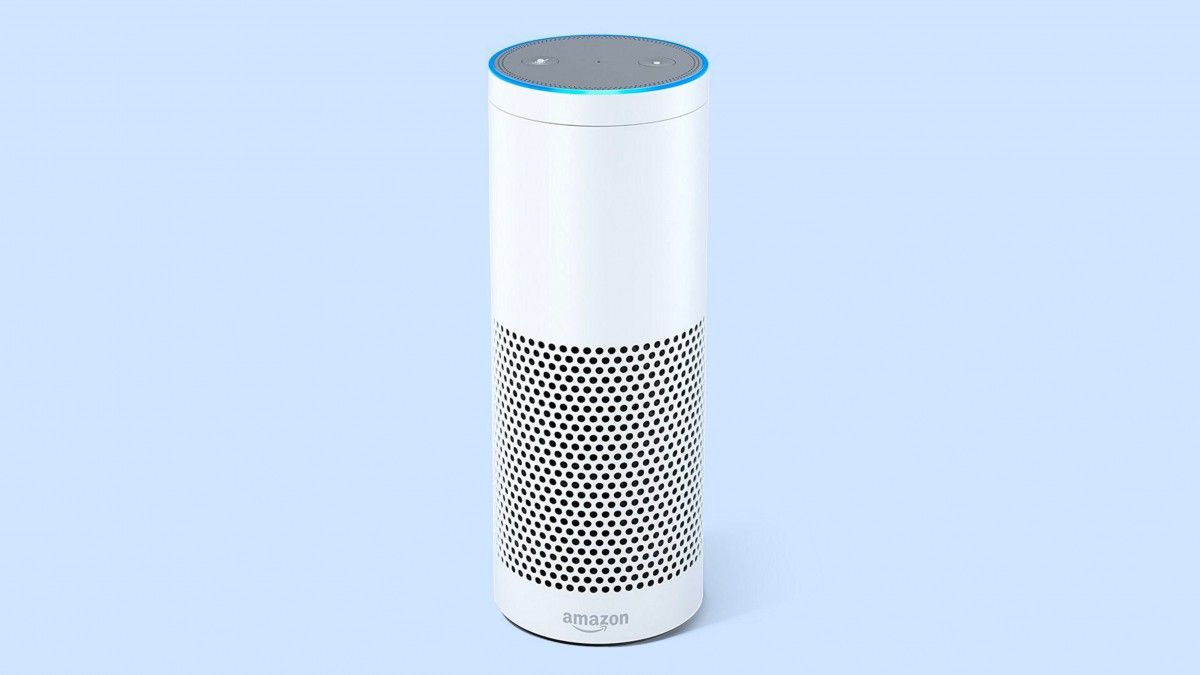
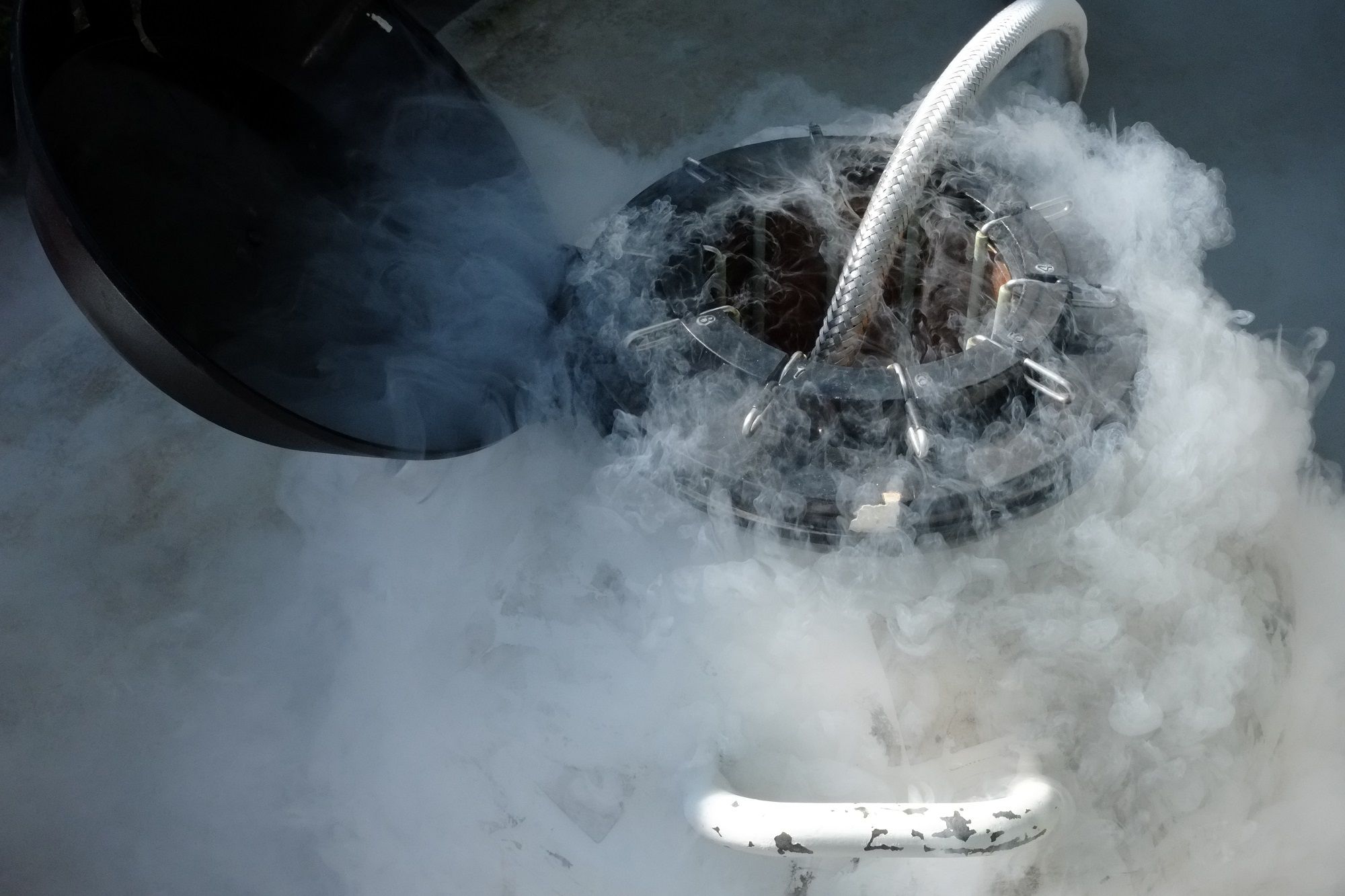
Staff members who die will be put in cold storage until medical science can revive them.
Since congressional Republicans voted in a bill containing the Trump administration’s roll back of the Affordable Care Act, healthcare is once again a topic on everyone’s lips. In the absence of any universal healthcare scheme, employer-provided medical coverage is a crucial benefit for employees, tempting people to stay at jobs they might otherwise have left, or apply for positions they wouldn’t otherwise consider.
In the contest to attract new hires, tech companies often supplement already generous salaries with comprehensive benefit packages, and in this vein one company has hit on a novel idea: A health plan that covers its employees beyond death and into the realms of a speculative future rebirth.
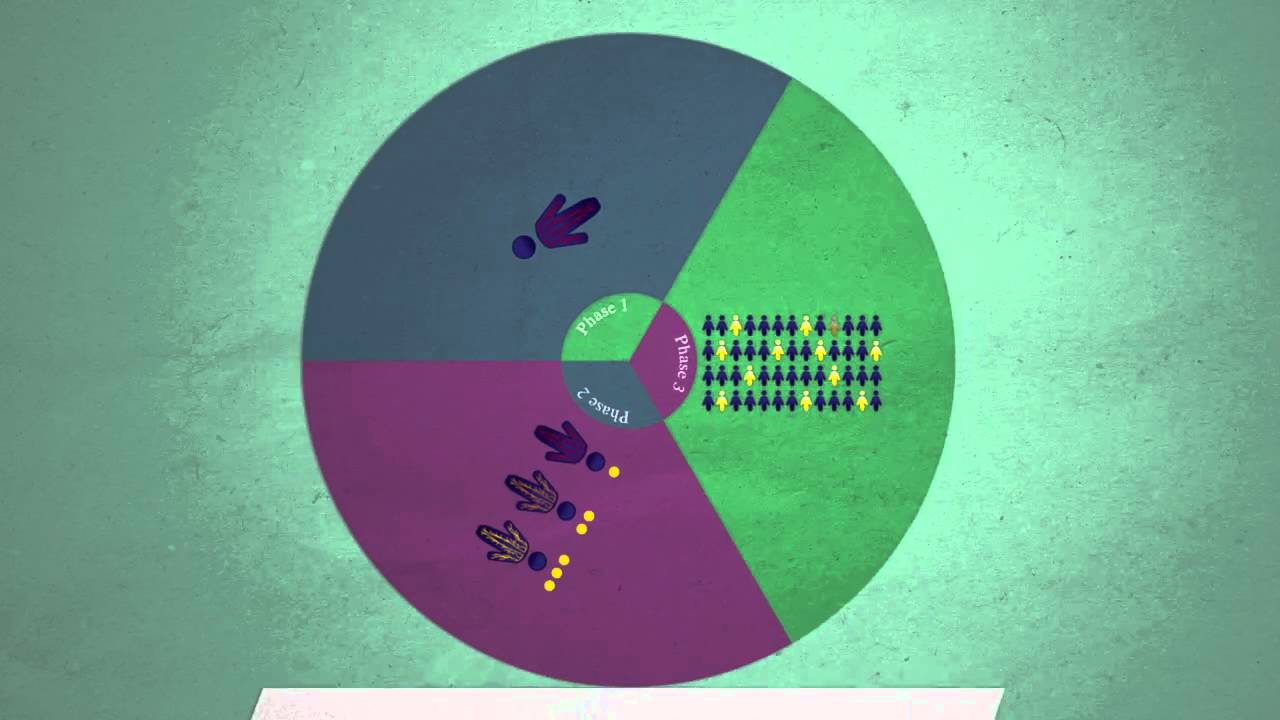
To create a new drug, researchers have to test tens of thousands of compounds to determine how they interact. And that’s the easy part; after a substance is found to be effective against a disease, it has to perform well in three different phases of clinical trials and be approved by regulatory bodies.
It’s estimated that, on average, one new drug coming to market can take 1,000 people, 12–15 years, and up to $1.6 billion.
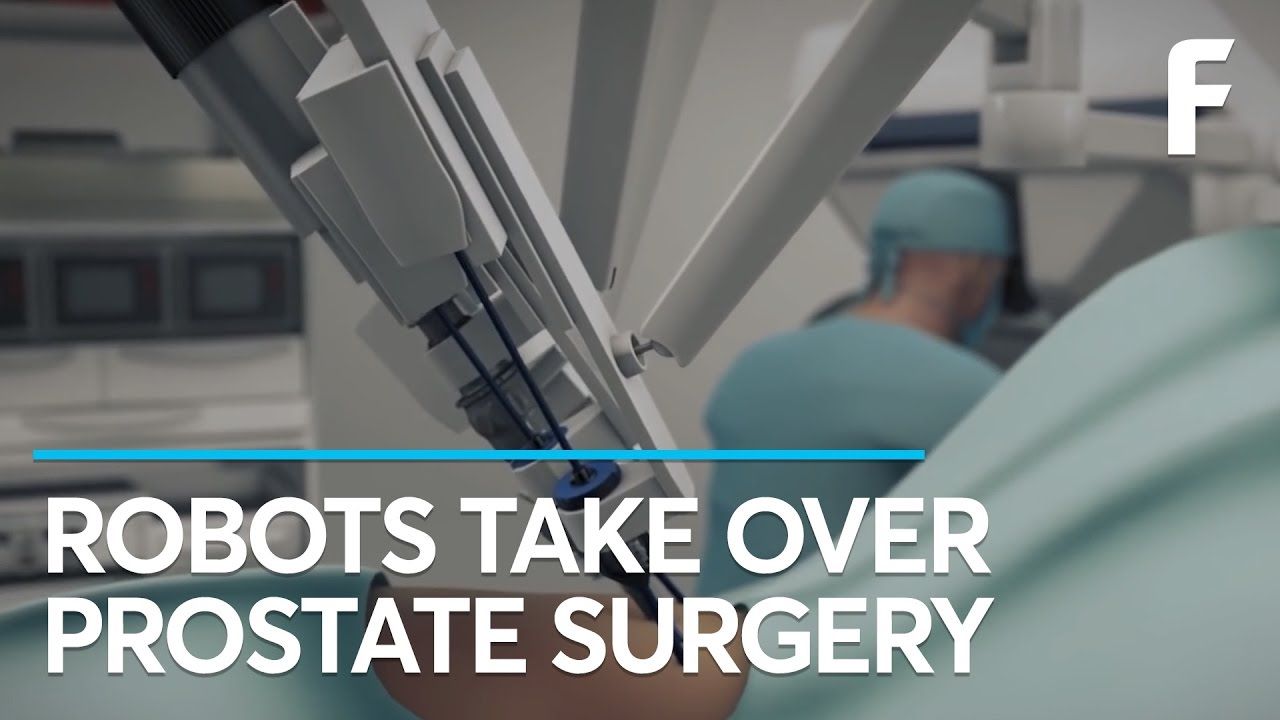
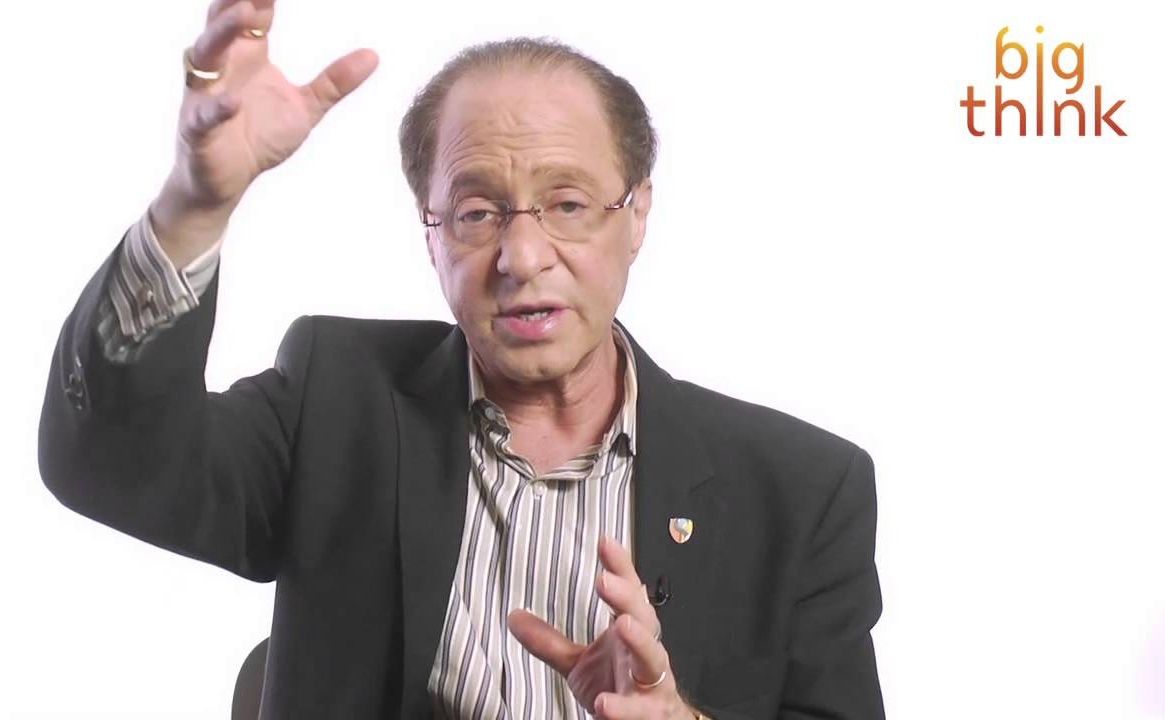

–In a DAO, a blockchain-based organization, you don’t have a boss or a CEO. What you have is a dynamic set of working relationships continuously and dynamically self-organized around outcomes and projects.
If you’re tired of going to unproductive meetings, commuting in to work just to put in face time, or following commands from a boss you don’t have much confidence in, you may be the right kind of employee for a new type of work environment called a DAO, or Decentralized Autonomous Organization.
We’re in the early stages of seeing these futuristic types of companies roll out already. These early players have run into some missteps, but that’s to be expected. What’s important in the concept of a DAO is the D: “decentralized.”
In a DAO, a blockchain-based organization, you don’t have a boss or a CEO. What you have is a dynamic set of working relationships continuously and dynamically self-organized around outcomes and projects.
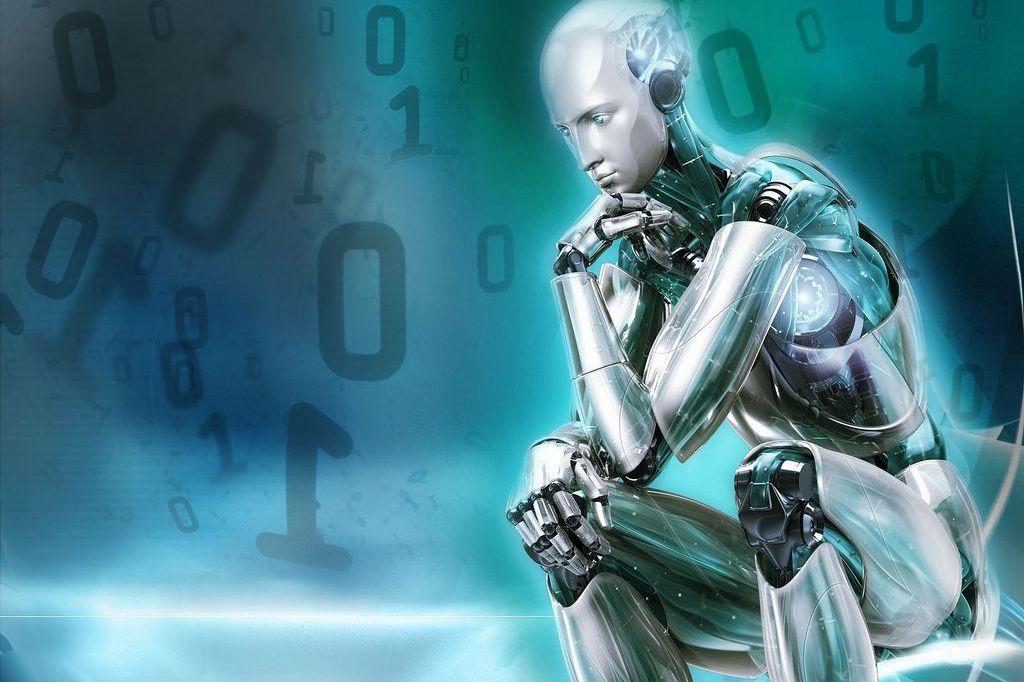
My new article at Wired UK: http://www.wired.co.uk/article/basic-economy-neural-prosthetics #Future #BasicIncome
But it’ll take more than just a mind tapped into the cloud to be widely competitive in the overall job market. Augmented limbs, bionic organs, and widespread use of exoskeleton technology will be needed to compete against robotic strength.
For years I’ve been supportive of a basic income, which would provide a monthly income for the poor – mostly because I saw it as the only logical way to keep people fed and housed, while still allowing for technological and economic evolution. Now, with neural prosthetics and upgraded bodies, I see the future may, instead, be full of capitalistic enterprise, fuelled by transhumanist technologies that allow us to more closely resemble the machines.
That’s not to say I’m abandoning my views on basic income. Instead, I believe there will be another aspect to the future economy that isn’t only for the robot and AI manufacturers, but for hundreds of millions – maybe billions – of people willing to use tech to compete against machines. A future motto of humanity and capitalism might be: “If you can’t beat a machine, become one.” As a radical science and technology advocate, that’s a philosophy I can support.
Zoltan Istvan is a futurist, author of The Transhumanist Wager, and a Libertarian candidate for California Governor.
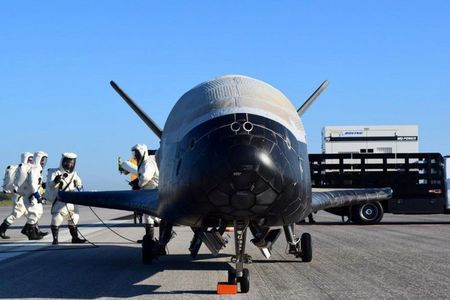
By Irene Klotz
CAPE CANAVERAL, Fla. (Reuters) — The U.S. military’s experimental X-37B space plane landed on Sunday at NASA’s Kennedy Space Center in Florida, completing a classified mission that lasted nearly two years, the Air Force said.
The unmanned X-37B, which resembles a miniature space shuttle, touched down at 7:47 a.m. EDT (1147 GMT) on a runway formerly used for landings of the now-mothballed space shuttles, the Air Force said in an email.
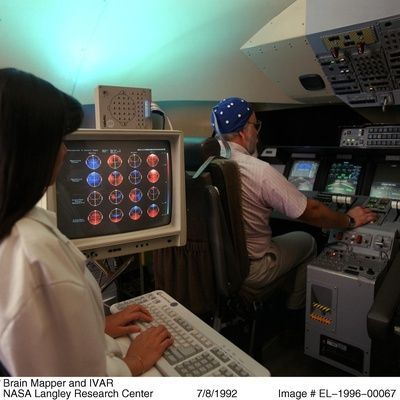
Without even realizing it, soldiers could soon be training robot sharpshooters to take their jobs.
Modern sensors can see farther than humans. Electronic circuits can shoot faster than nerves and muscles can pull a trigger. Humans still outperform armed robots in knowing what to shoot at — but new research funded in part by the Army may soon narrow that gap.
Researchers from DCS Corp and the Army Research Lab fed datasets of human brain waves into a neural network — a type of artificial intelligence — which learned to recognize when a human is making a targeting decision. They presented their paper on it at the annual Intelligent User Interface conference in Cyprus in March.
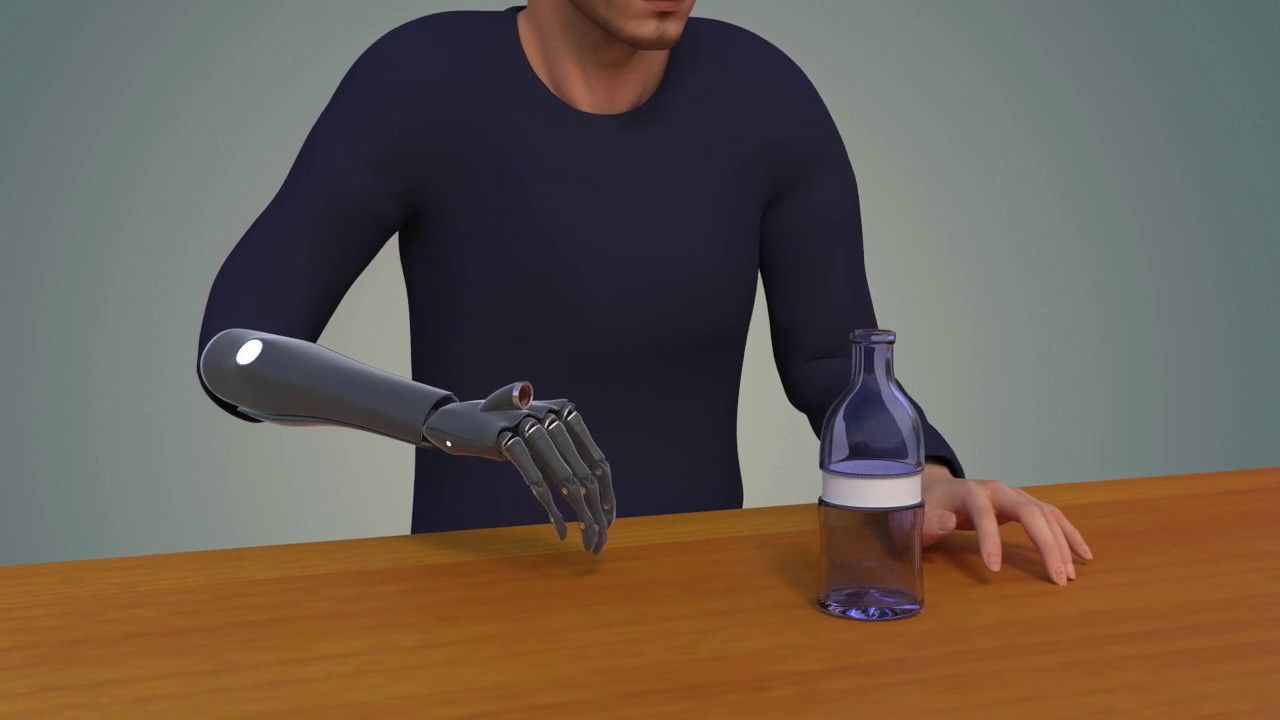
British biomedical engineers have developed a new generation of intelligent prosthetic limbs that allows the wearer to reach for objects automatically, without thinking — just like a real hand.
The hand’s camera takes a picture of the object in front of it, assesses its shape and size, picks the most appropriate grasp, and triggers a series of movements in the hand — all within milliseconds.